Movie review: 'Inside Out 2' updates emotional complexity, humor
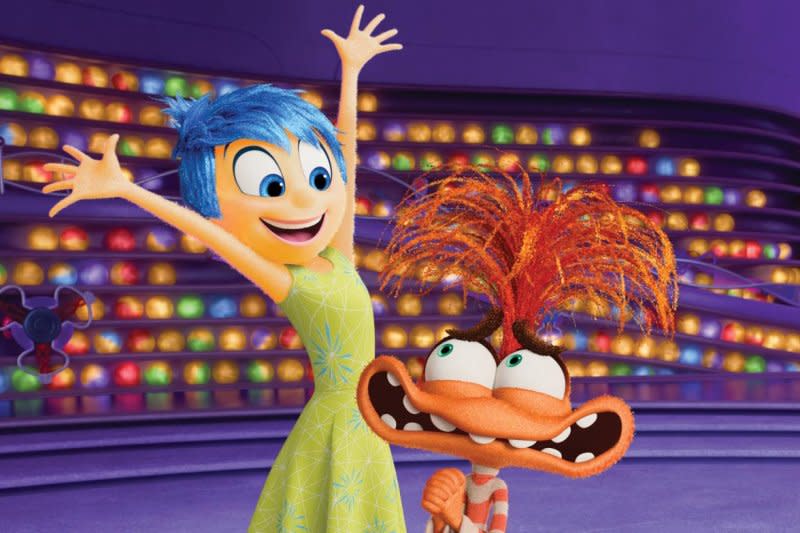
LOS ANGELES, June 12 (UPI) -- Inside Out imagined the human mind as a vast, expansive Pixar world run by five basic emotions. Inside Out 2, in theaters Friday, applies that world and those emotions to the next stage in life.
Riley (voice of Kensington Tallman), who was 11 in the first film, turns 13, and her emotions grow more complex as she approaches high school. Joy (Amy Poehler) still leads Riley's brain with Sadness (Phyllis Smith), Anger (Lewis Black), Fear (Tony Hale) and Disgust (Liza Lapira).
As Joy catches up the audience on Riley, she explains Riley's new interests and developing beliefs that form her sense of self. Just when that sounds way more organized than human personalities really are, puberty turns it all into chaos.
The sorts of issues Riley has at 13 are universal and relatable. Though she is attending an ice hockey camp, trying to impress high schoolers, the specific situation speaks to general tendencies to hide parts of ourselves to impress new people or overthink our interactions.
Those tendencies are represented by brand new personified emotions. Anxiety (Maya Hawke), Envy (Ayo Edebiri), Ennui (Adele Exarchopoulos) and Embarrassment (Paul Walter Hauser) vie for control of Riley's brain and cause her to act out.
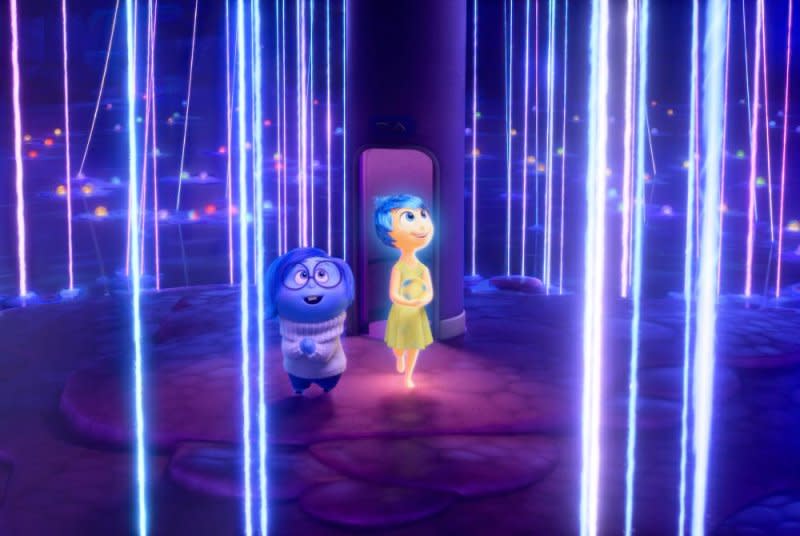
Personified emotions have emotions and character arcs of their own. Joy is actually not happy when Anxiety succeeds at helping Riley anticipate negative outcomes.
It's not a stretch to suggest that anxiety can overtake other emotions in teenage years, sometimes for the rest of life. But Joy has to learn that denying other valuable emotions also can make things worse.
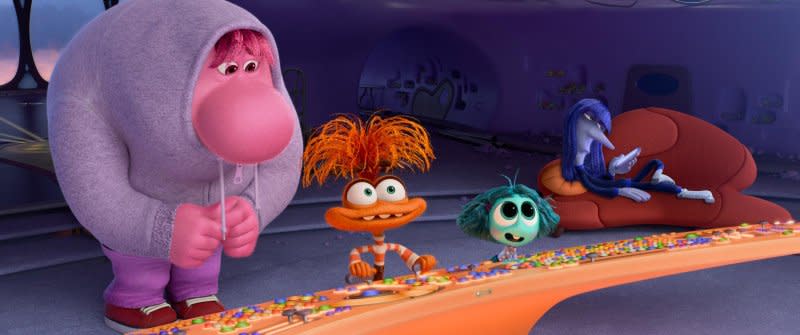
Inside Out 2 has a sophisticated take on anxiety. While a healthy amount can protect Riley, making too many projections on possible outcomes can make her spiral.
Anxiety alone cannot produce confidence. That Anxiety learns that lesson at age 13 bodes well for Riley's future.
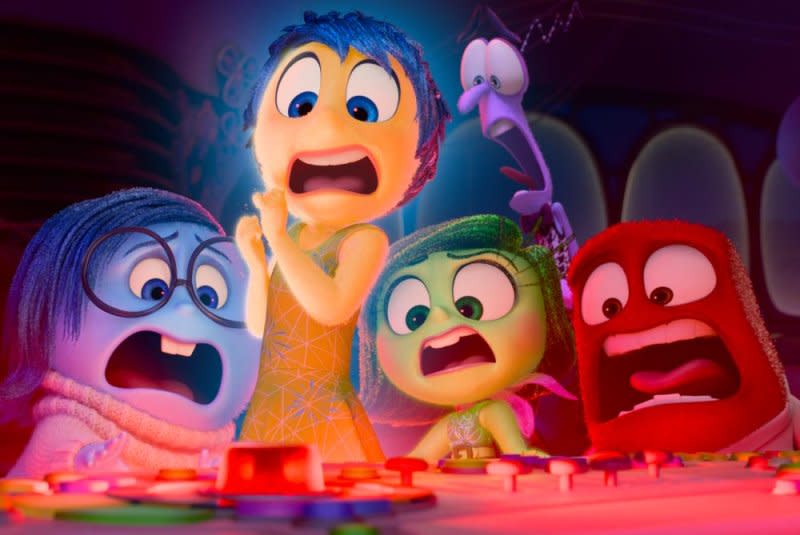
The film uses the Inside Out milieu to address a new stage of life. The Toy Story films did that, too, as each sequel was really about what happens when children outgrow their toys, or their actual childhood.
Those are the themes but the story is that Riley trashes her sense of self to fit in, making Inside Out 2 a literal quest for Joy, Sadness, Anger, Fear and Disgust to rescue Riley's sense of self from volatile new emotions.
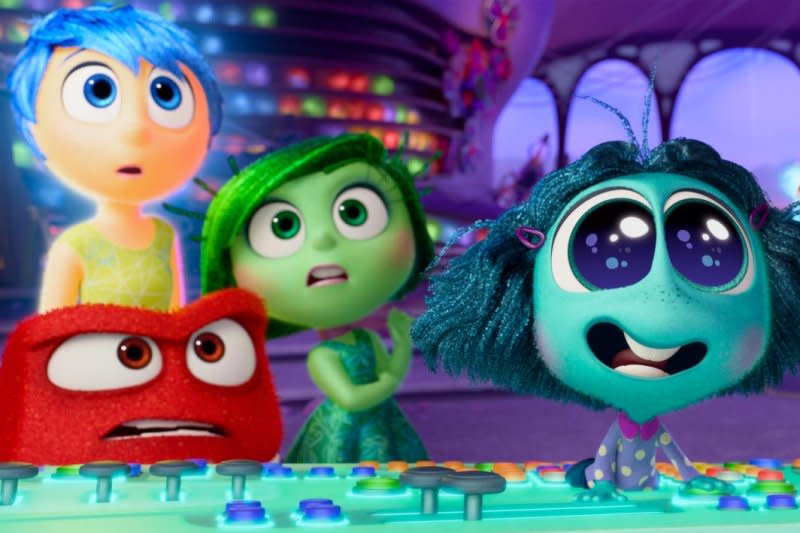
Like the imaginary friend in the first film, the emotions encounter some other remnants of Riley's childhood. Those artifacts make fun references to children's shows and video games without overstaying their welcome or usefulness to the story.
The catacombs of Riley's mind have changed since Joy last had to explore them and Riley's imagination has been updated with new interests. The actual mechanism connecting Riley's beliefs and sense of self looks like Avatar in the mind with bright lights and colors.
The physics of how the emotions traverse Riley's mind work more at the behest of narrative convenience. They have fun encountering puns on sarcasm and brainstorms that manifest literally in her mind.
Puberty also introduces a crew of construction workers handling the chaotic rebuilding, who are blatantly blue versions of the Minions. That's fair, though, because Minions were blatant rip-offs of Pixar's green aliens from Toy Story.
Perhaps the most impressive animation is the hockey scenes. Pixar artists animate ice skating and puck-handling worthy of the Mighty Ducks.
Inside Out is the franchise that could most naturally run forever, as there are intimate possibilities to explore pivotal life moments from this interior perspective. Follow Riley to college, postgrad life, her wedding, having kids, growing old.
Spinoffs then could explore other characters' emotions because every single person's life is unique.
Fred Topel, who attended film school at Ithaca College, is a UPI entertainment writer based in Los Angeles. He has been a professional film critic since 1999, a Rotten Tomatoes critic since 2001, and a member of the Television Critics Association since 2012 and the Critics Choice Association since 2023. Read more of his work in Entertainment.


